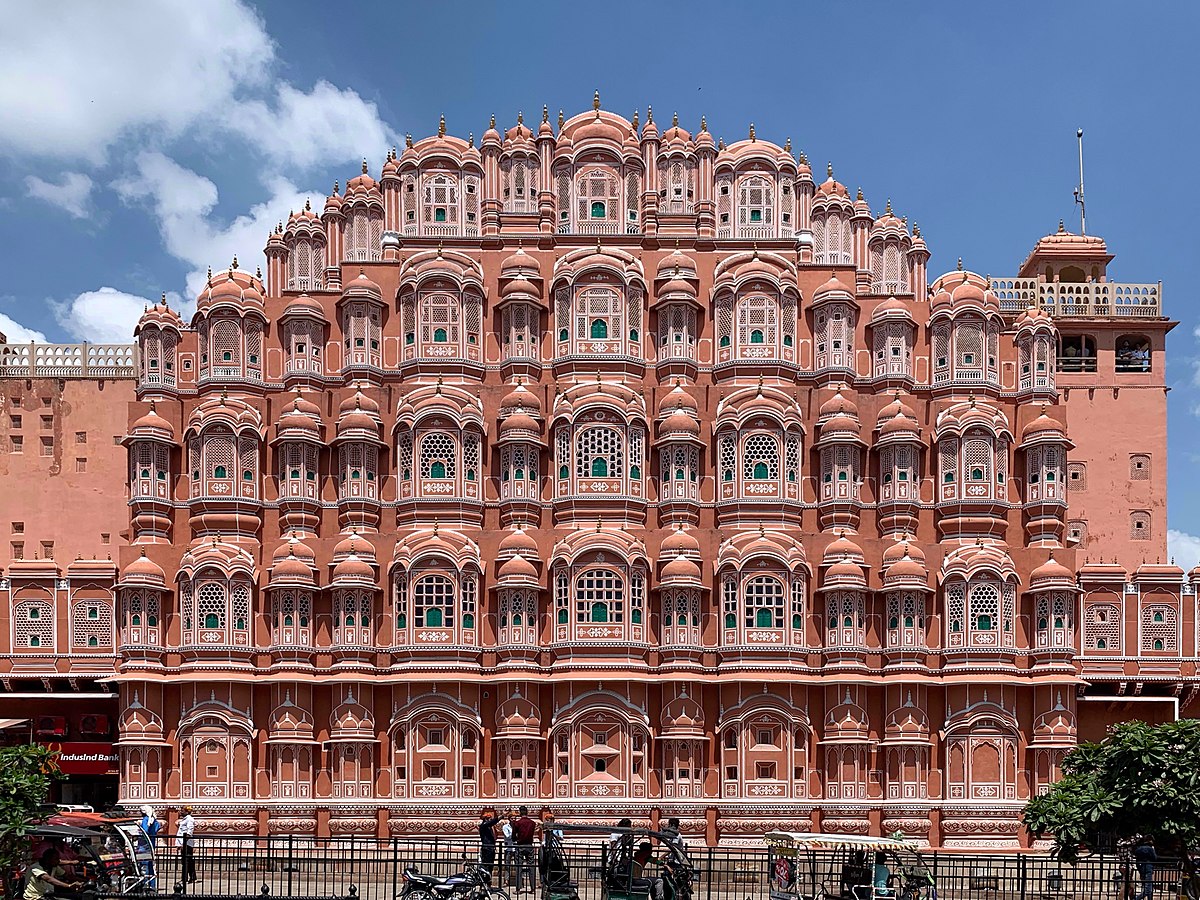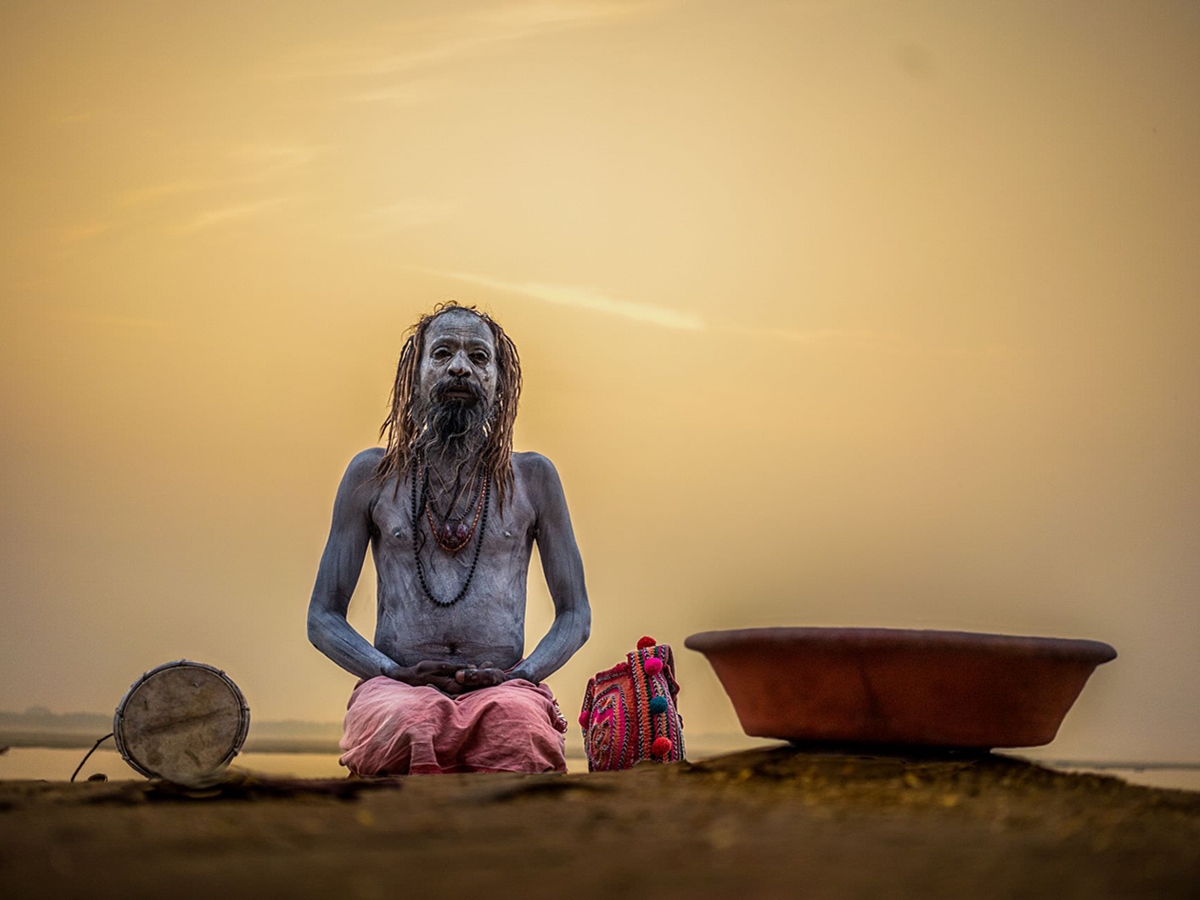OVERVIEW :
The Taj Mahal stands as an enduring symbol of love and architectural mastery in
India. Completed in 1653 AD by the Mughal Emperor Shah Jahan, it was built as a
mausoleum for his beloved wife, Mumtaz Mahal. Designed by
the Persian architect Ustad Ahmad Lahauri, this majestic monument required 22
years of meticulous construction by 20,000 skilled workers, masons, and
artisans. The Taj Mahals flawless symmetry and intricate craftsmanship reflect a
harmonious fusion of Persian, Turkish, and Indian architectural styles, showcasing
the zenith of Mughal artistic achievement. Surrounded by serene landscaped
gardens, it remains a testament to eternal love and a UNESCO World Heritage
site.
Varanasi, often called the spiritual heart of India, holds profound significance for Hindus. Situated on the banks of the sacred Ganges River, it is one of the oldest continuously inhabited cities in the world. Varanasi, known as the city of Lord Shiva, draws millions of pilgrims who come to cleanse their souls in the purifying waters of the Ganges or to perform funeral rites for their loved ones. The citys labyrinthine lanes echo with the sound of temple bells and the fragrance of incense, creating an atmosphere steeped in devotion and spirituality. Varanasis timeless rituals of life and death intertwine seamlessly, making it a captivating destination where spiritual seekers and curious travelers alike experience the profound essence of Indian culture and faith.













